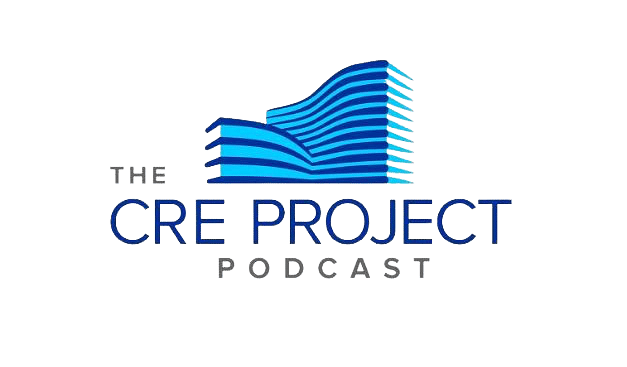
- Understand and Qualify the Tenant and Guarantor
- When purchasing a retail investment make sure you pay attention and study who the Tenant is and and the underlying Guarantor. The cap rate at which you are purchasing the investment is often based on the financial strength of the Guarantor. If the investment is occupied by the franchisee request a 2-3 years of the Guarantor’s Tax Returns and 2-3 years of P&Ls to analyze the financials. If the Lease is not personally guaranteed by the franchisee pay close attention to the assets that the LLC holds. Make sure the LLC is not a shell and has substantial assets that can be utilized as collateral in the event of a default.
- How Committed is the Tenant?
- Analyze the capital improvement the Tenant has put into the Property. Understanding the Tenant’s “skin in game” will help you, as the investor, validate the Tenant’s commitment to that specific site. If you walk into the property and the space has barely any build out and has very old and worn fixtures and FF&E it’s a indicator that the Tenant could be struggling financially and is not willing to put capital into the property to further their commitment for years to come.
- Is the Tenant’s Rent Replaceable?
- Study the lease, if the Tenant initially had a significant capital contribution from the Landlord that is amortized over the term of the Lease it could straddle the Tenant with a very high rent to revenue which will strain the Tenant’s success. If the surrounding area comps for 2,500SF space is at $20.00 PSF and your Tenant is paying $50.00PSF because of amortized build out or Landlord contribution, it is a sure way for you to lose significant money in the event they leave. That $30.00PSF delta in rent is $1,500,000 worth of value!!!
- Study the underlying land area
- When analyzing the real estate think of the worst case scenario… I’m talking about the investment suddenly going to 0% occupancy with $0.00 cash flow. What can you do with the underlying real estate to replace and backfill your investment. If the building is located on a very small and weirdly shaped piece of real estate you are very limited on what you can do to redevelop the property.
- Pay attention to these three items
- The size of parcel you are purchasing
- The shape of the parcel
- Any underlying encumbrances that could adversely hinder the options for redevelopment.
- Analyze the Fundamentals of Retail Property
- Make sure you study the fundamental characteristics of a retail property. Does the property have great visibility to Traffic? Does the property have a substantial and growing traffic count? Are consumers able to access the property off of the main corridor? Does the property have great signage to the Traffic? How successful are the retailers that surround the property? All of these are critical questions to ask and analze when understanding how attractive the actual underlying property is?
- Bottom Line
- When analyzing a retail real estate investment, you are basically solving for the level of risk the investment holds. Make sure that you thoroughly analyze both the validity of the Guarantor and the underlying real estate. Often times Investors strictly purchase and investment based on the strong financial backing of the Guarantor. I have seen many companies either relocate or file bankruptcy leaving investors with a B, C or heaven forbid D piece of real estate that they will not be able to repurpose to replace their cash flow and investment value. At the end of the day, the real “credit” is the quality of the real estate.
- Pay attention to these three items
- When analyzing the real estate think of the worst case scenario… I’m talking about the investment suddenly going to 0% occupancy with $0.00 cash flow. What can you do with the underlying real estate to replace and backfill your investment. If the building is located on a very small and weirdly shaped piece of real estate you are very limited on what you can do to redevelop the property.
There are MANY other factors to consider but I would consider these to be the surface level dynamics to thoroughly study and analyze when evaluating a retail investment.
Clayton King
CEO
King Capital Commercial Real Estate
Email: clayton@kingcapitalcre.com
Phone: (505) 292-9607
